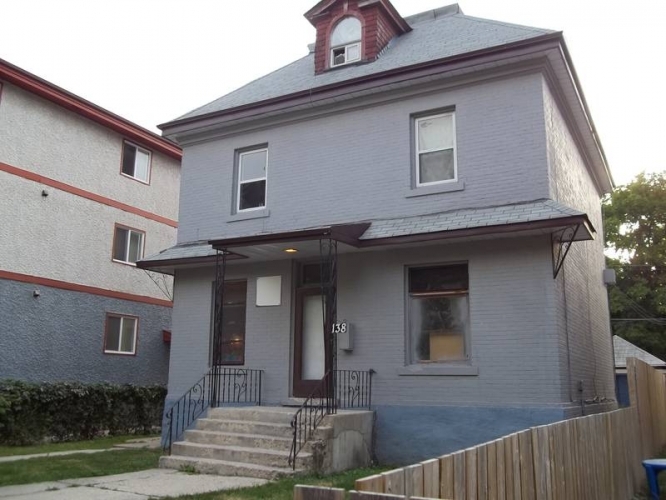
Ambulance Fees are an Obstacle on the Road to Care
Imagine you’re a physician seeing a six month old child in clinic. She has a fever and cough, she’s working hard to breathe and her oxygen levels are falling. You know she needs assessment in the emergency room and requires transportation in an ambulance in case her condition worsens en route. Her family understands the urgency of the situation, but asks, “Could we take her there in our car?”
Experiencing a medical emergency is an incredibly stressful experience for patients and their families. This stress should not be compounded by worries about getting an ambulance bill they can’t afford. As physicians, we know the importance of the first few minutes of an emergency situation, and the crucial role of Emergency Medical Services (EMS) in saving lives. And yet ambulance fees remain a significant barrier to people receiving necessary care across Canada.
Young mother recently spoke to the Saskatchewan press about receiving a bill of $7000 after several ambulance trips were required for her severely ill daughteronnie Newman of the Manitoba Association of Seniors Centres recently described to reporters the plight of an elderly woman who walked to the hospital in -40C because she could not afford an ambulance. How often are people forced to choose the unsafe option of driving themselves or their loved ones to hospital simply because they cannot afford to pay?
A recent CBC Marketplace survey revealed that 19 per cent of Canadians did not call an ambulance due to cost. Clearly, this is an issue that our provincial and territorial health ministers need to address.
A look across our provinces and territories reveals a patchwork system for financing ambulance services. New Brunswick has recently removed ambulance fees for anyone who does not have private insurance coverage. All other provinces and territories in Canada – with the exception of the Yukon – charge ambulance fees. The burden of cost to patients is highest in the prairies: Manitoba charges up to $530 per trip, and Saskatchewan tacks on fees for inter-hospital transfers on top of the $245-$325 fee for an ambulance pick-up from home.
In Ontario, the cost is typically much lower at $45 per trip, but increases to $240 if the receiving physician deems it unnecessary. The reality on the ground violates the spirit, if not the letter, of the Canada Health Act: equal access to physician and hospital services means little if safe passage to them is anything but.
There are a variety of options to reduce this inequity in access. One option is to follow New Brunswick’s lead and offer full coverage. An alternative would be to only charge users if the ambulance ride is deemed medically unnecessary. However, differentiating ‘appropriate’ from ‘inappropriate’ ambulance use isn’t straightforward, and can vary between providers. What’s more, evidence suggests that institutions – schools, long-term care facilities, hospitals and police services – more often initiate potentially unnecessary ambulance services than do individuals, as a result of compliance with internal policy or protocol.
As with other areas of health care, user fees are a blunt tool: they reduce both necessary and unnecessary use of services. The risk of footing the bill could deter people, especially those living in poverty, from calling for help. This would deny them not only safe transport to hospital, but also the initial emergency interventions by paramedics that can mean the difference between life and death. Public education and enhanced availability of primary care are more effective ways to decrease unnecessary ambulance use.
Ideally, ambulance services should be fully covered for everyone. This would, however, require provincial governments to take on more of the costs. In Nova Scotia that cost is an estimated $9.7 million, according to the Nova Scotia Citizen’s Health Care Network. This is a drop in the bucket of the $6.2 billion Nova Scotia health care budget; a small investment to ensure everyone, regardless of income, has access to vital emergency care.
The variety and inequity of ambulance charges in Canada is a policy mess. Canada’s Health Ministers should work together to establish a consistent and compassionate approach that balances cost with the need to remove barriers to care.
 Ryan Meili is an expert advisor with EvidenceNetwork.ca, a family physician in Saskatoon and founder of Upstream: Institute for A Healthy Society. @ryanmeili
Ryan Meili is an expert advisor with EvidenceNetwork.ca, a family physician in Saskatoon and founder of Upstream: Institute for A Healthy Society. @ryanmeili
Carolyn Now ry is a family physician in Calgary, Alberta. They are both board members with Canadian Doctors for Medicare.
ry is a family physician in Calgary, Alberta. They are both board members with Canadian Doctors for Medicare.










